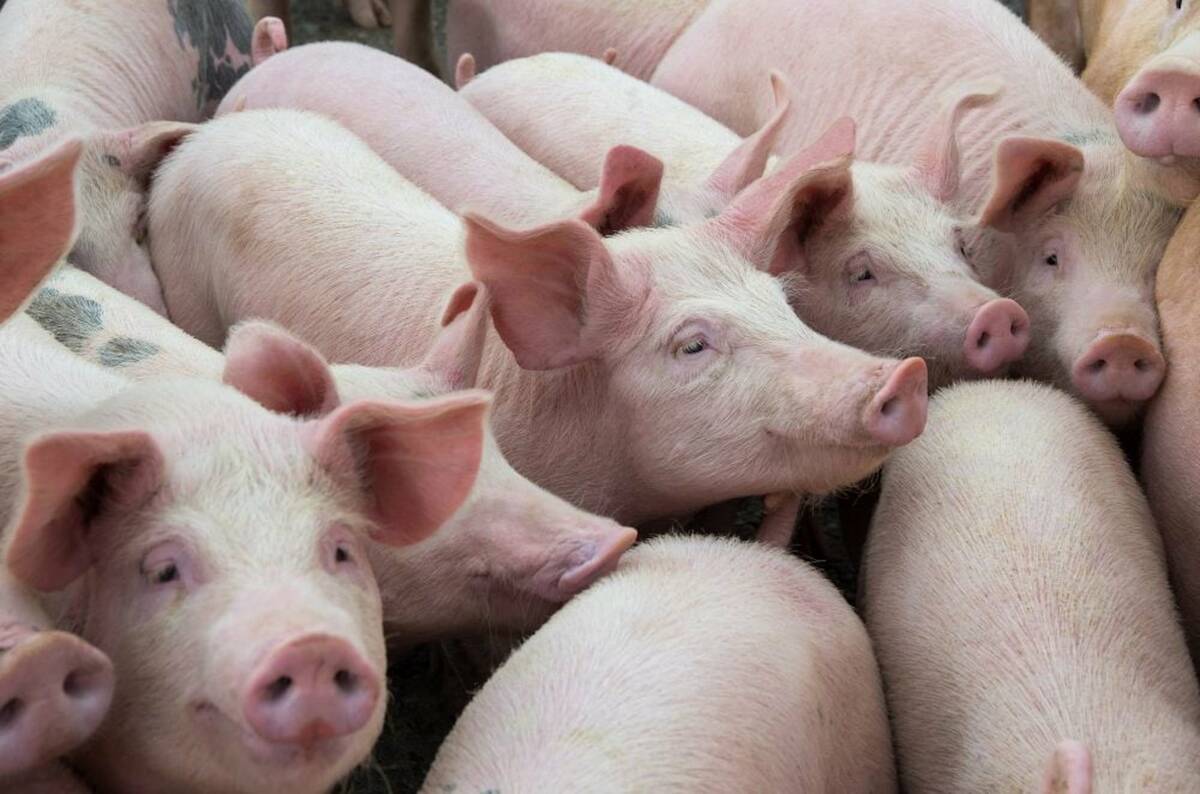Chicago | Reuters — U.S. corn futures on Tuesday topped US$7 a bushel in the most-active contract for the first time since 2013 as unfavourably dry crop weather in Brazil kept attention on tightening global supplies.
Surging prices have done little to curb robust demand for corn used to feed livestock and produce ethanol, opening the door for the market to extend gains, U.S. analysts said.
There has been “no demand destruction” for crops amid strong profitability for meat production, said Greg Heckman, CEO for global grains trader Bunge Ltd.
Read Also

U.S. livestock: Hogs rise ahead of ‘Hogs and Pigs’ report
Chicago cattle futures continued to inch upward on Monday. Hogs also rose in anticipation of Tuesday’s Hogs and Pigs report….
Some Asian feed manufacturers are switching to wheat from corn in animal rations, though Heckman said an increase in wheat feeding to livestock in China is temporary.
“We’ve got good animal profitability and good demand right now,” Heckman said on an earnings call with analysts.
The most actively traded July corn contract on the Chicago Board of Trade (CBOT) settled up 17-1/4 cents at $6.96-3/4 per bushel (all figures US$). The market earlier reached $7.04 a bushel, the highest price for a most-active contract since March 2013. Front-month corn futures matched Monday’s eight-year high of $7.58-1/4 a bushel.
The gains helped pull up soybean and wheat prices, traders said.
Most-active wheat futures closed 8-3/4 cents stronger at $7.26-3/4 per bushel, while soybeans finished up 14-1/4 cents at $15.38-1/4 per bushel.
Oilseed inventories are tight, keeping the soybean market supported in the face of concern over reduced vegetable oil demand in India due to surging coronavirus cases, traders said.
In Brazil, weather forecasts showed little sign of rain relief for dry southern corn-growing areas, keeping the focus on global supply woes despite U.S. planting progress. Brazil’s second annual crop is seen as crucial to boosting short-term availability ahead of the U.S. harvest later in the year.
“In Brazil, the dry weather is still predominant and maize crops are suffering,” consultancy Agritel said.
— Reporting for Reuters by Tom Polansek in Chicago, Gus Trompiz in Paris and Naveen Thukral in Singapore.














